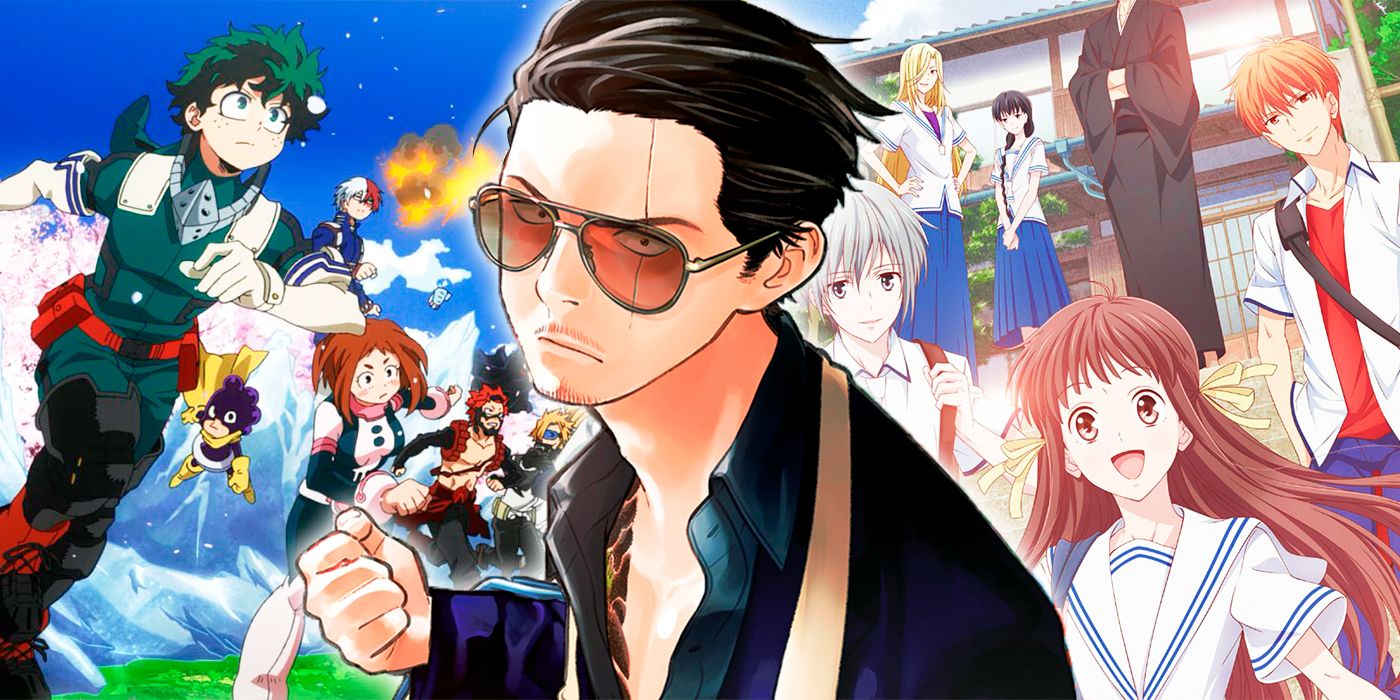
Like every other anime season, Spring 2021 was filled with exciting returning series and sequels, like SSSS.Dynazenon, as well as some new and interesting ones, such as Higehiro: After Being Rejected, I Shaved and Took in a High School Runaway. But, once again, there were also some disappointing series, such as Full Dive.
With that in mind, let's take a look at the major hits and misses of this Spring 2021 anime season.
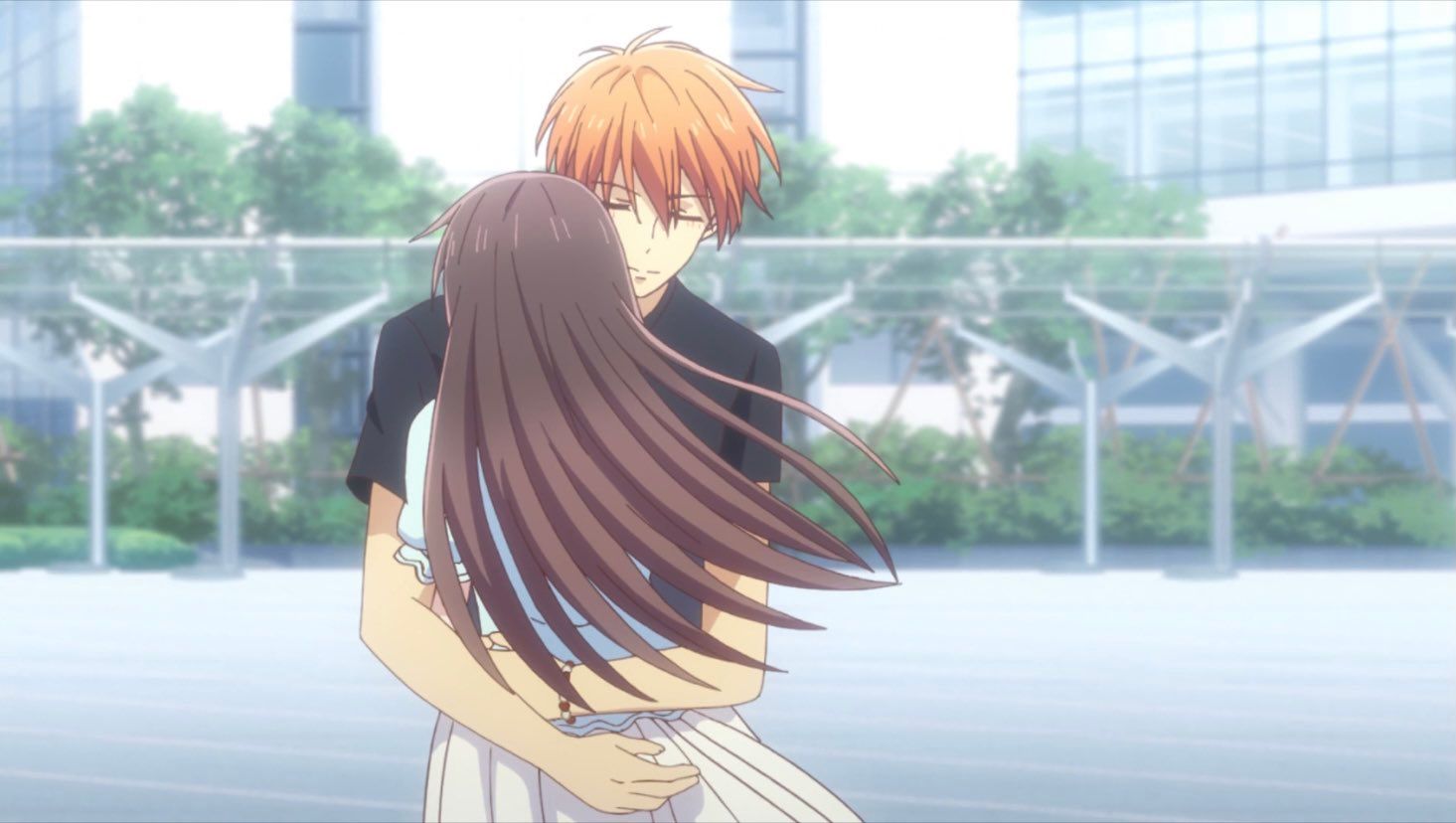
The final season of the Fruits Basket reboot provided satisfying conclusions for our favorite characters, especially for Kyo and Tohru. It drew high praise for its emotionally-driven storyline and well-developed relationships, while the stunning visuals and dramatic moments gave fans plenty of feels.
One of the most dramatic of this entire series was Episode 9, “What’s Your Name?", which, in particular, attracted praise for its balance of intense emotions, also summarizing what this season was all about perfectly. For those who don't want Fruits Basket to end, a prequel spinoff has been announced that will focus on Tohru's parents.
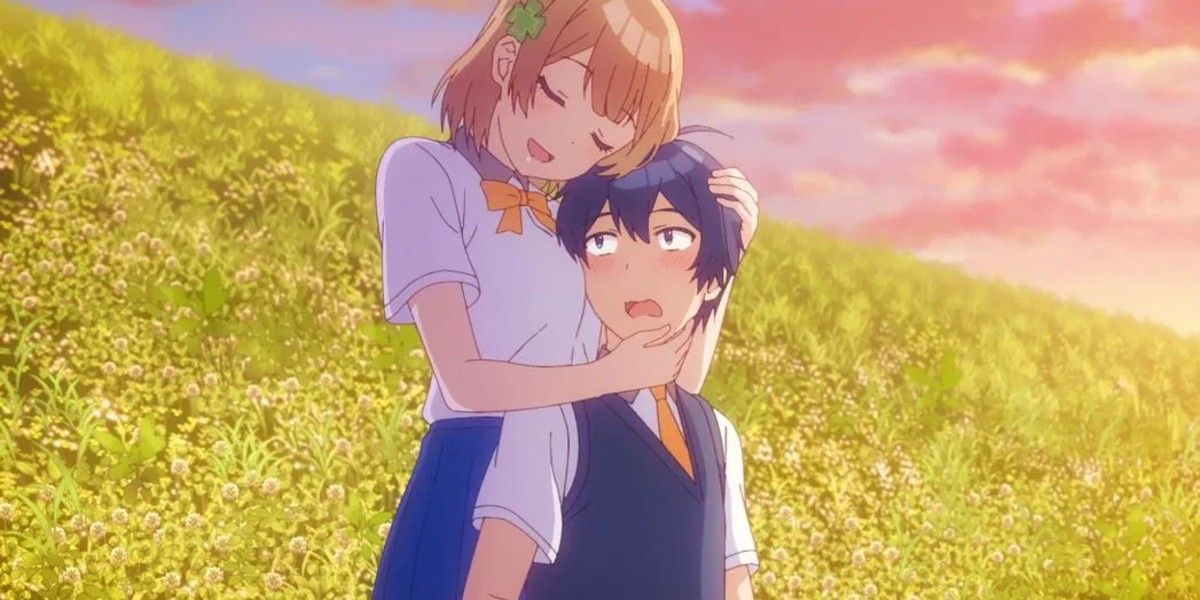
In this romantic comedy, high school student Sueharu Maru has a crush on Shirokusa Kachi, and he believes that he has a chance to be with her. One day, though, Sueharu’s childhood friend, Kuroha Shida confesses to him but he rejects her. Suehara then decides to confess his feelings to Shirokusa but also gets rejected because Shirokusa has a boyfriend. Kuroha sees this rejection as an opportunity -- helping Suehara get revenge on Shirokusa for playing with his feelings.
Osamake has similar vibes to Masamune-kun's Revenge, which also had a male protagonist plotting revenge against the girl that rejected him. Furthermore, Osamake is filled with clichés and tropes that can get a bit redundant: there’s no unique factor that separates this rom-com from others. Viewers will also get annoyed with the characters for their stupidity and nonsensical actions.
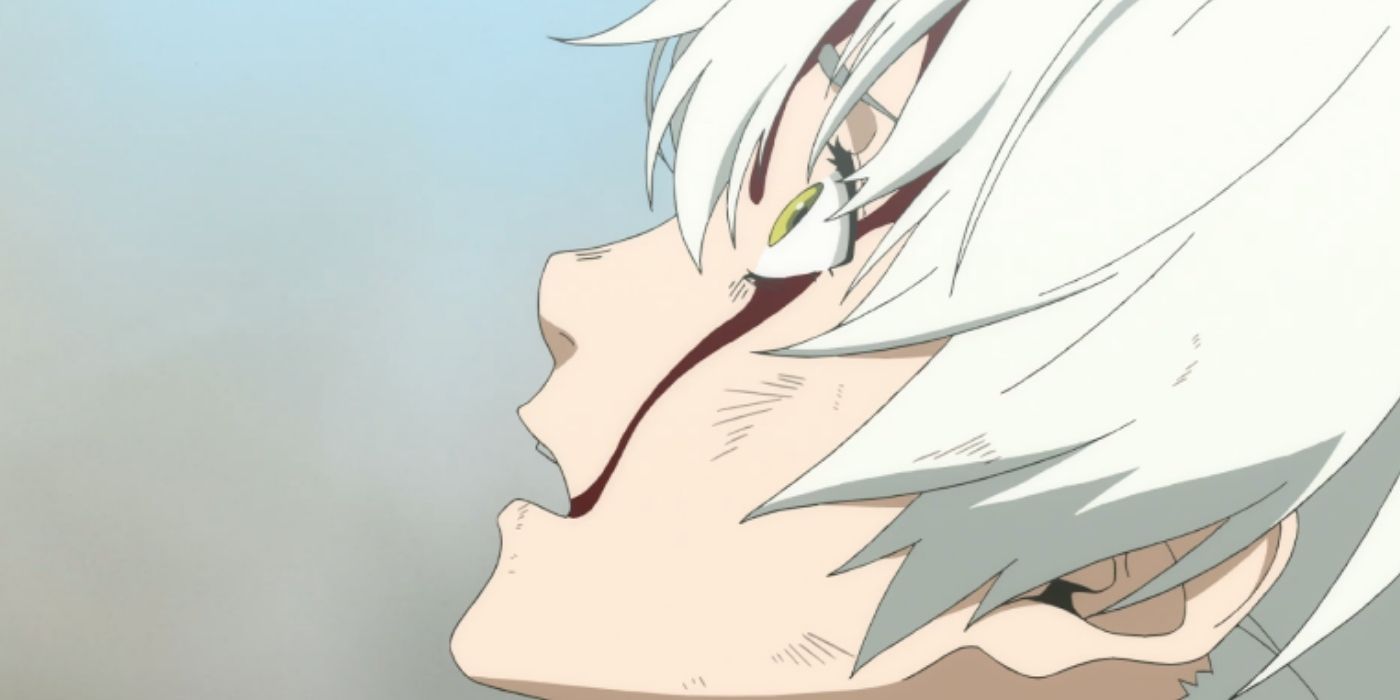
In To Your Eternity, a mysterious orb is sent to Earth that can take the form of the objects and things it encounters. Specifically, the orb takes the form of a wolf in the series, and then meets a young boy. The young boy names the wolf Joaan, and Joaan becomes a traveling companion for him until his unfortunate death. Joaan then takes on the form of the boy and continues to travel, encountering other people and learning about the world around him.
To Your Eternity is similar to Kino’s Journey in that both series are about an individual taking a journey and observing different ways of life around the world. In addition, the protagonists' traveling experiences invite some interesting philosophical messages about humanity. To Your Eternity has been highly praised for its visuals and music especially, which are strategically used to pack more emotion into significant scenes.
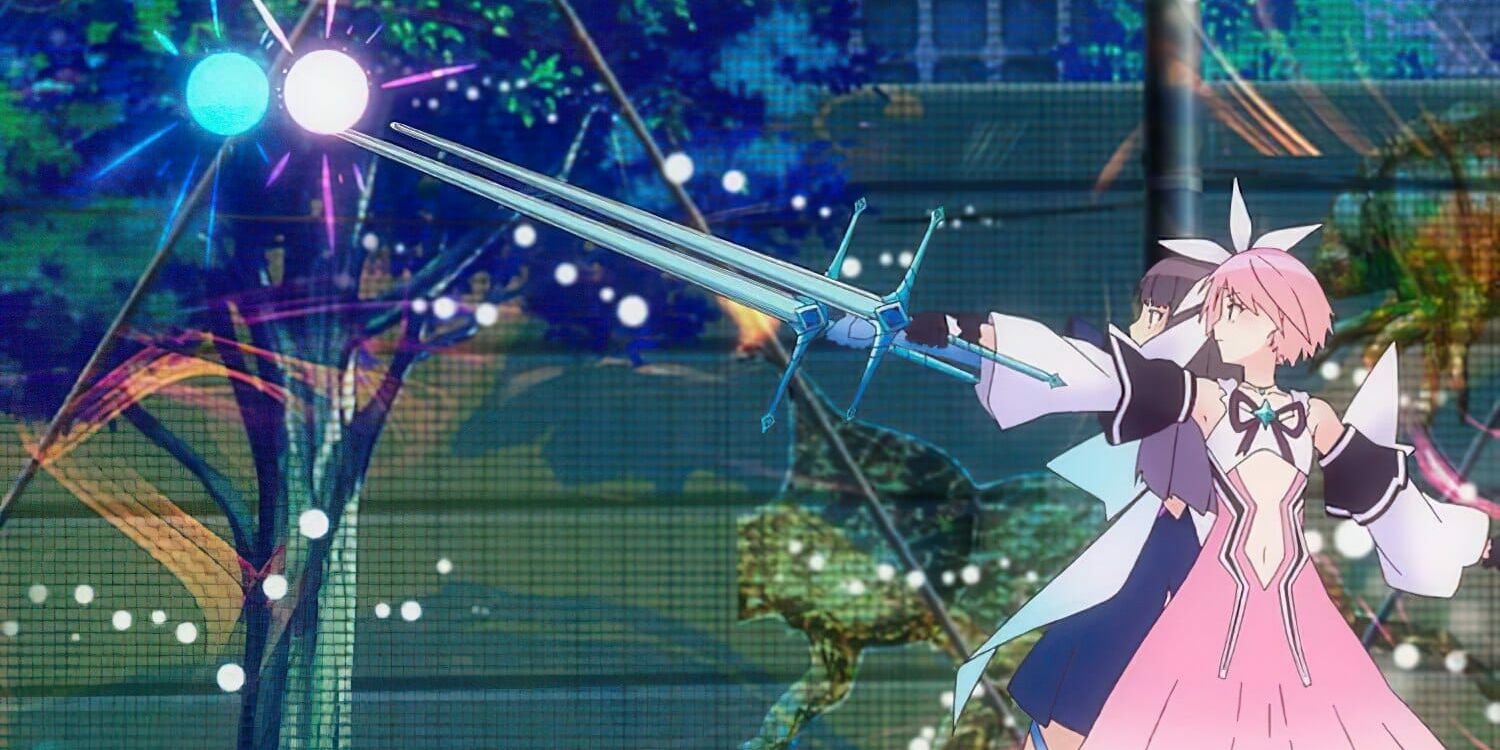
Based on an RPG, in Blue Reflection Ray, human emotions take the shape of flowers known as “Fragments.” Individuals who possess strong fragments are known as “Reflectors,” with red or blue rings that have the power to connect their thoughts and emotions to others. Red rings allow an individual to steal fragments and blue rings allow them to preserve fragments. One day, shy girl Ruka Hanari comes into contact with someone that has a blue ring, and together they strive to become Reflectors so that they can protect their loved ones.
Blue Reflection Ray’s visuals and aesthetics are eye-catching enough to draw viewers into the show, and it does a good job in executing its overall message that human emotions have power. However, these pros aren’t enough to keep viewers interested for long. Its magical girl storyline is quite generic, and the pacing may be a bit too slow for some. To add to its disappointment, the series was supposed to have a Blu-ray release but was canceled for "various reasons."
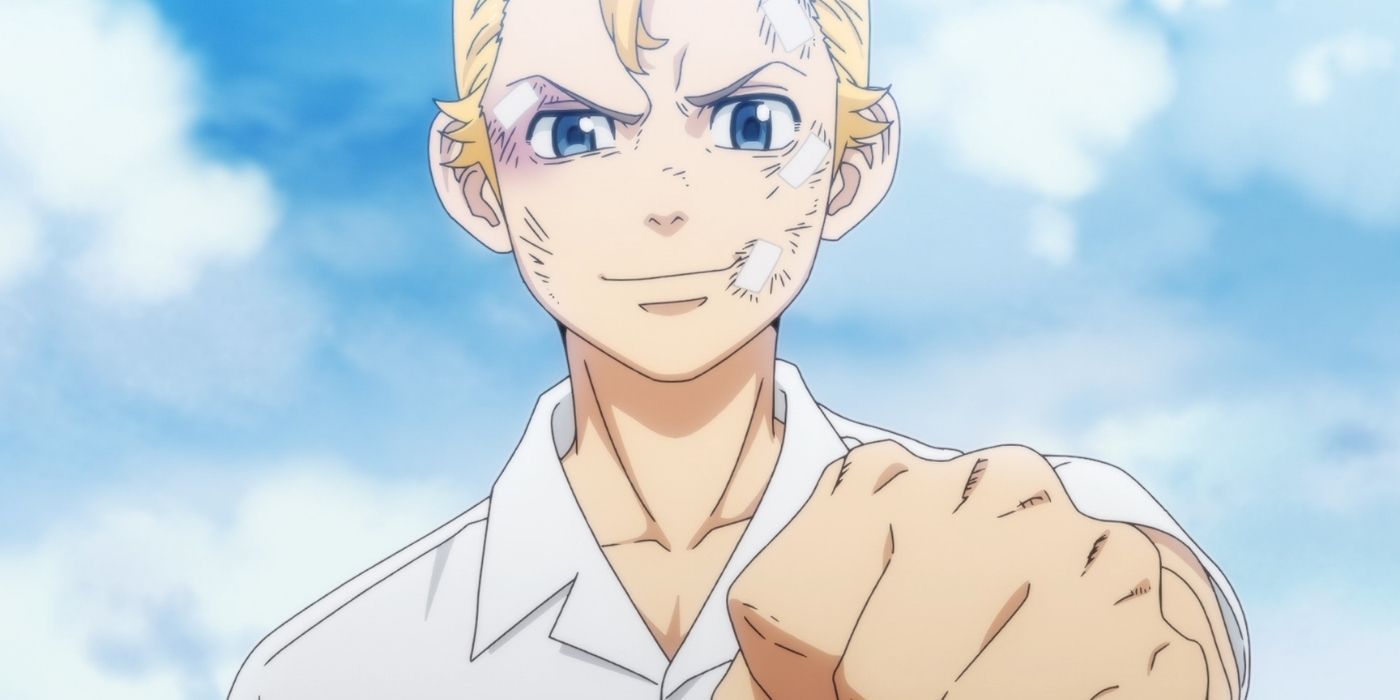
Tokyo Revengers is a story about rewriting the past to change the future. Its lead protagonist, Takemichi Hanagaki is a low-life with no hope or bright plans. To make things worse, he learns that the Tokyo Manji gang have murdered his middle-school girlfriend, Hinata Tachibana, and her younger brother, Naoto, while Takemichi gets pushed into a running train. But instead of death, Takemichi gets transported back to 2005 when he was in middle school and still dating Hinata. Takemichi then proceeds to relive his middle school days and warns Naoto about his sister’s death, which miraculously transports him back to the present day. So, Takemichi decides to use his time-traveling ability to prevent Hinata’s death, altering the future.
At first glance, Tokyo Revengers gives off Erased vibes because it has a similar concept: the main protagonist has an extraordinary time-traveling ability and uses it to protect someone. However, what will make you continue watching is its emotional rollercoaster of a story, which balances gritty, violent gang fights with comedic moments courtesy of Takemichi. In addition, the story also emphasizes the importance of camaraderie and loyalty amongst friends. Tokyo Revengers will continue airing into the summer anime season with the “Bloody Halloween" arc.
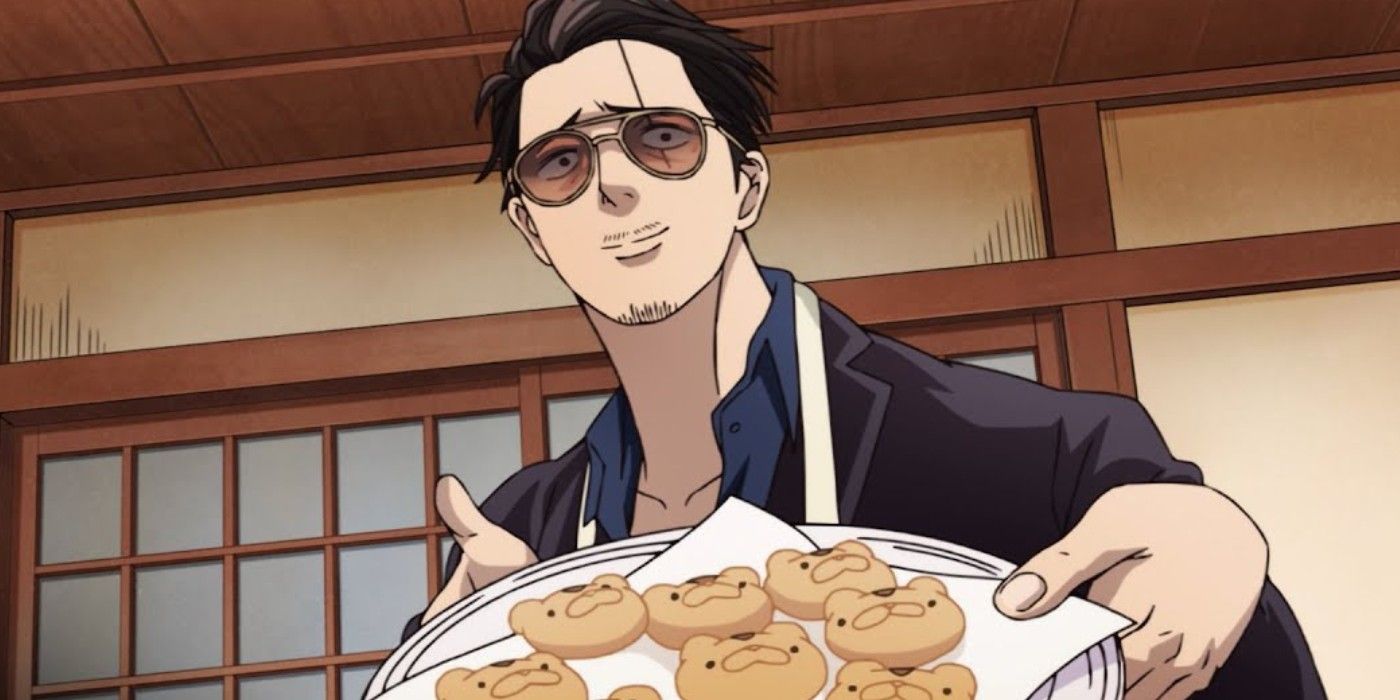
Kousuke Oono’s The Way of the Househusband is about a former yakuza boss, Tatsu, who turned away from a life of crime to live as a househusband and support his career-driven wife. The series has an episodic structure, filled with comedic moments juxtaposing Tatsu’s domestic househusband role with his rough personality and appearance.
The Way of the Househusband is a critically acclaimed manga, having won the 2020 Eisner Award for Best Humor Publication. You would assume, therefore, that the anime adaptation from Netflix would replicate its greatness. Unfortunately, that wasn’t the case. Many critics and fans found the non-moving animation to be jarring and cheap, though some argued it did effectively portray the comical, exaggerated character expressions. However, if you can look past the animation, The Way of the Househusband is worth watching for the voice acting alone. The cast is what brought these characters to life.
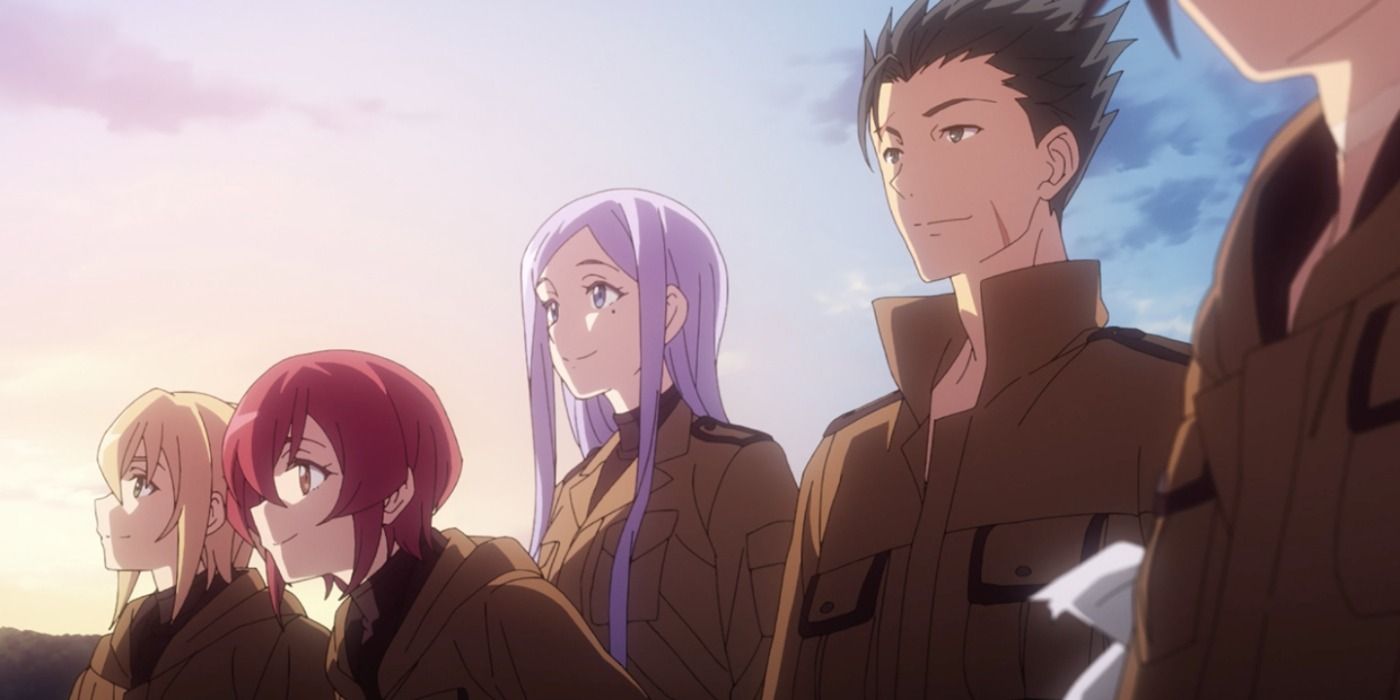
86-Eighty-Six is about a war between the Republic of San Magnolia and the Empire of Giad. To battle against the Empire’s Legions, the Republic of San Magnolia designed autonomous units known as the Juggernauts, which are piloted by humans labeled as “86.” The people of the 86 are also part of the Colorata minority group in San Magnolia, and they are constantly mistreated and persecuted by the dominant Alba race and government. To obtain better treatment by the Alba-supremacist government, they must fight in the war. The story focuses on Major Vladilena “Lena” Milize, an activist who speaks out about the mistreatment of the 86, and her role as the leader of the Spearhead Squadron, which consists of the most elite 86ers.
Eighty-Six’s light novels received critical acclaim, so when the announcement that A-1 Pictures would be adapting the series came, fans were excited. Aside from the intricate world-building and character development, the 86-Eighty-Six anime adaptation does a similarly good job in discussing serious issues that plague society, such as racism, discrimination, the brutality of war and the corrupt high social classes.
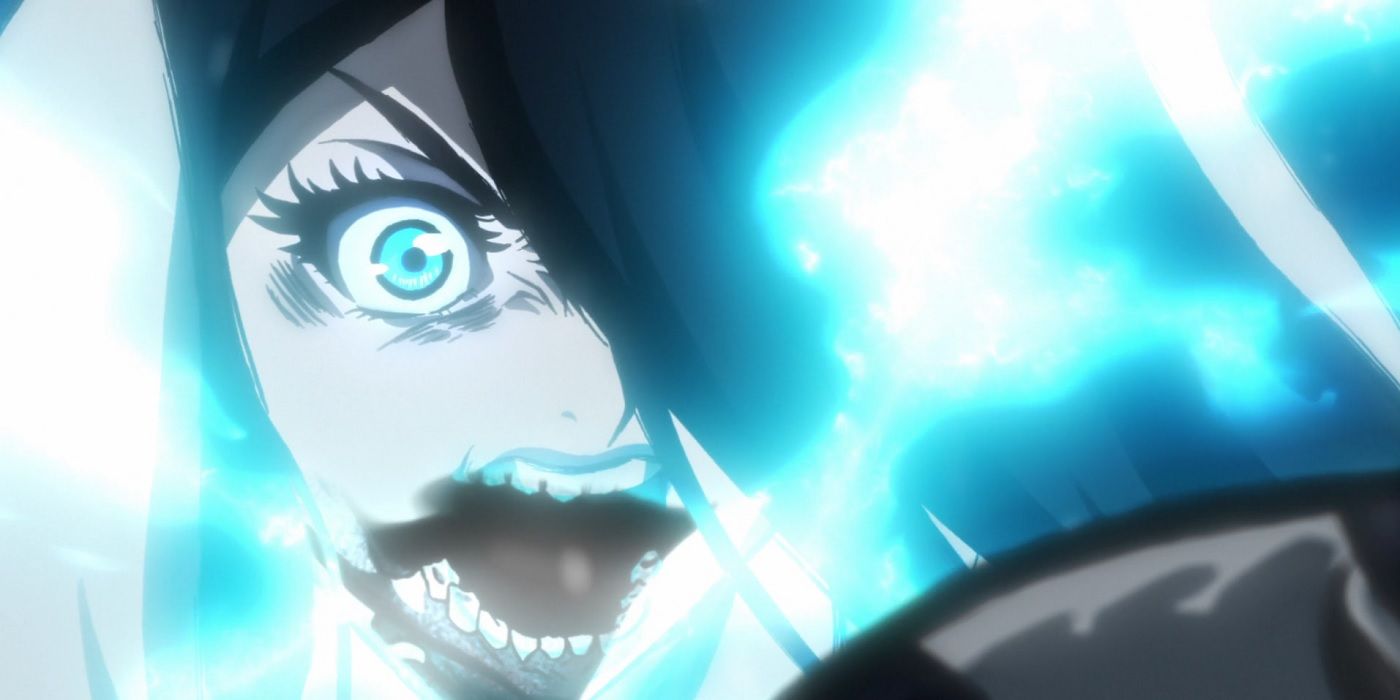
Joran: The Princess of Snow and Blood is set in an alternate Meiji era Japan, where the Tokugawa Shogunate continues to hold power and has discovered an energy source known as the “Dragon Vein,” which can lead Japan to technological advancement. However, the government is threatened by a rebellious group known as the Kuchinawa. To stop the Kuchinawa, the government created the "Nue," a secret police force. Sawa Yukimura, an orphan whose blue bloodline allows humans to transform into demonic beasts, reluctantly joins the Nue in hopes of getting revenge against the Kuchinawa leader, Janome, who killed her family.
Joran has some great animation and its alternate history concept draws comparisons to Hakuoki and Blood+. Yet, although the series started strong with a unique premise, many fans found the storyline to be a bit predictable, and the pacing of each episode got a bit messy. There were moments where viewers were left with too many unanswered questions.
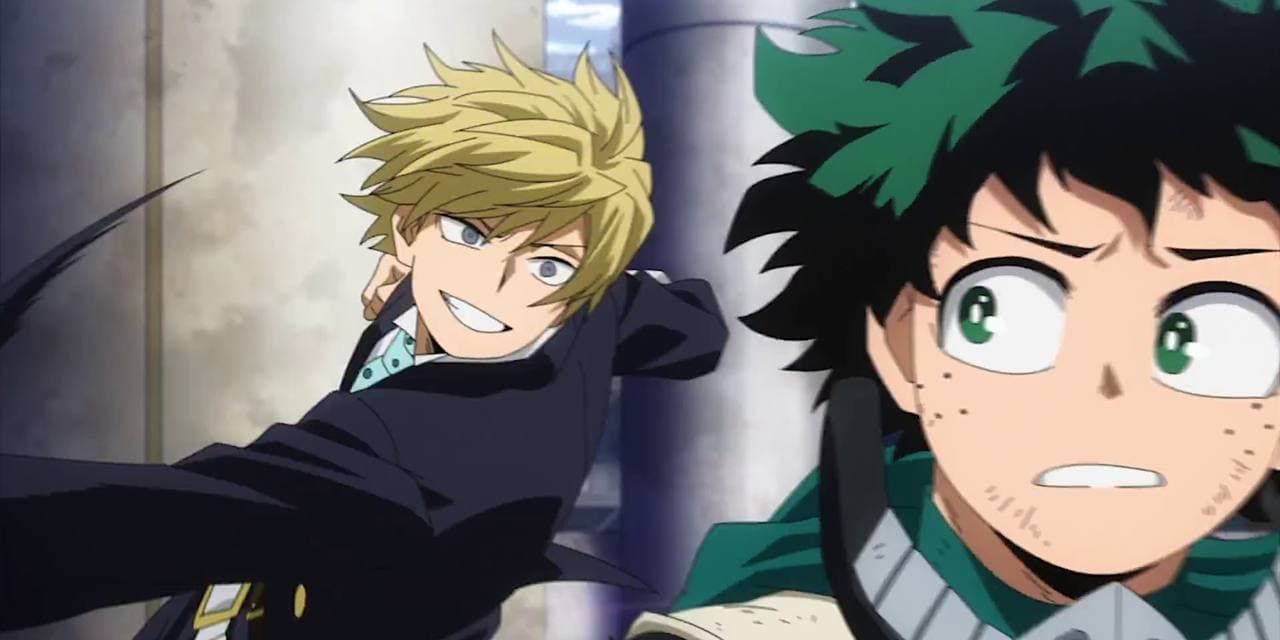
Throughout the past seasons of My Hero Academia, Class 1-A has always been at the center of attention. In the fifth season, though, their ultimate school rivals, Class 1-B, steal some of that spotlight. During the "Joint Training" arc, the two classes perform mock battles, organized in groups of four. To win, each team must capture all the members of the opposing team before the clock runs out. Meanwhile, Hitoshi Shinso, a General Course student, hopes to join the Hero Course and uses these mock battles to prove his abilities.
The first half of the season is jam-packed with exciting action from the class competition. We also get to witness the mental and physical growth of our favorite characters as they continue their journeys to become great heroes. My Hero Academia is currently taking a break, but the show will return to pick up its next thrilling arc with Midoriya, Bakugo and Todoroki joining Endeavor’s Hero Agency.
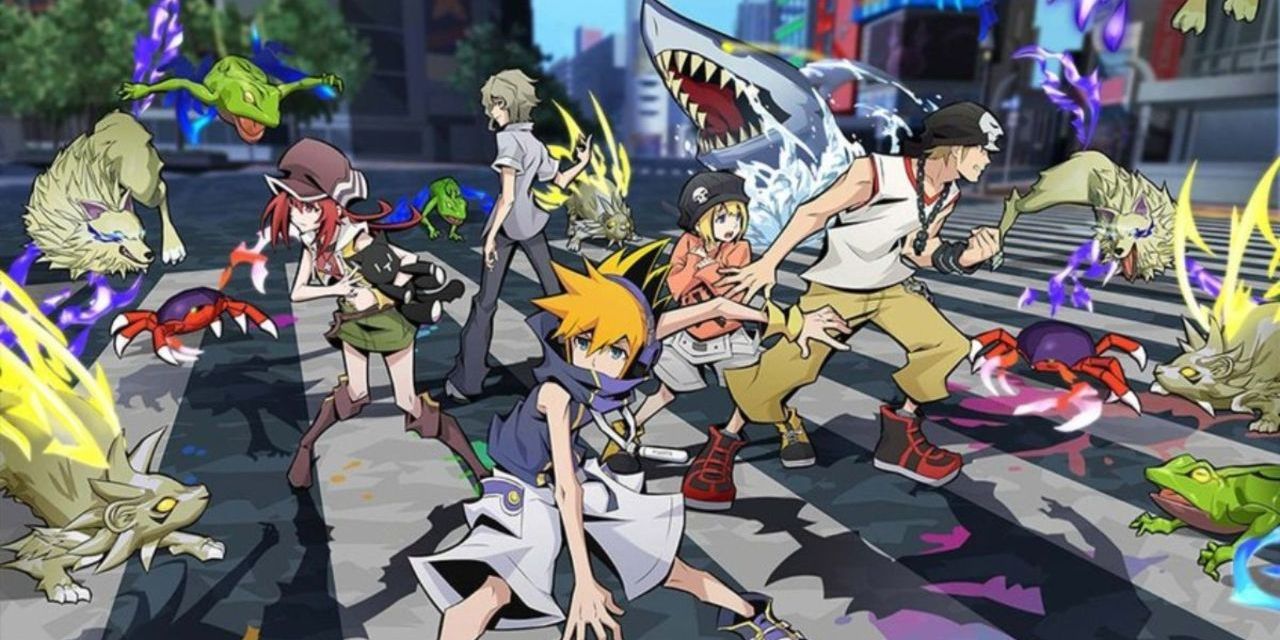
The World Ends With You is based on the popular 2007 Nintendo DS game of the same name. Neku Sakuraba and his partner, Shiki Misaki partake in the “Reaper’s Game,” where they must fight against hostile creatures known as the “Noise” who can erase people from existence. If they survive, they will receive another chance at life.
This series had everything it needed to become a great anime: a compelling storyline, well-developed and likable characters, and an amazing soundtrack. However, what was supposed to be a great anime turned into a disaster, mainly because of the story’s pacing. The storyline takes place in a three-week time period, and the studio decided to condense that into only 12 episodes, resulting in major cuts, much to the disappointment of long-time fans.
0 Comments